Lecture 5 Market: types, structure, elements.

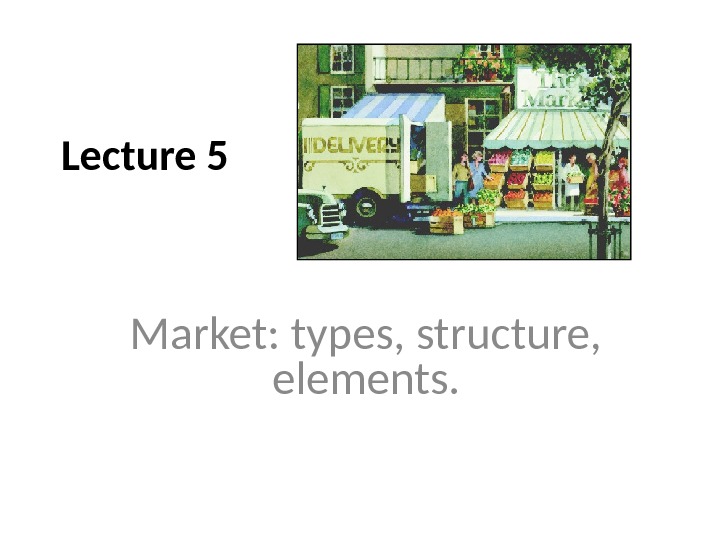


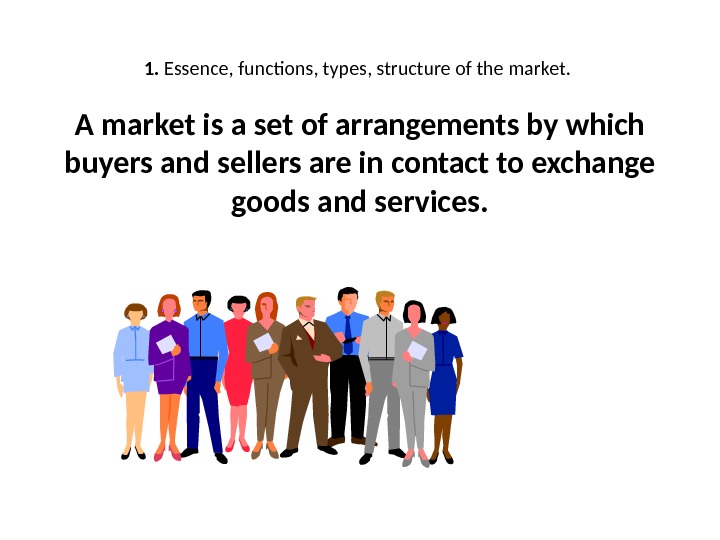

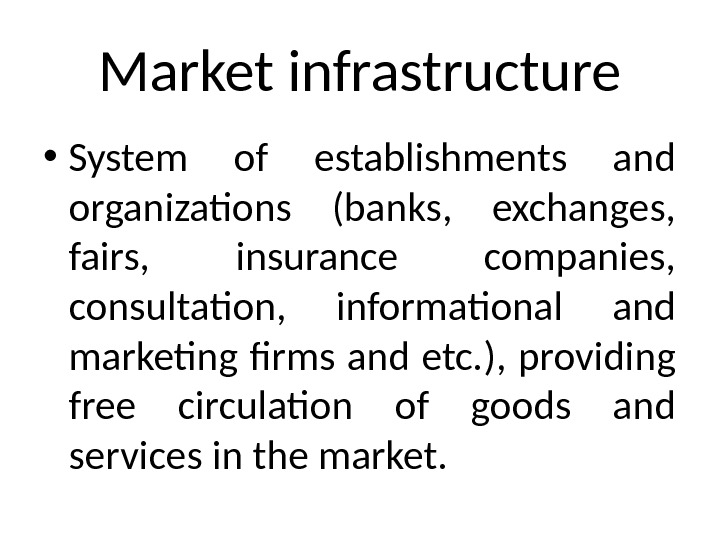
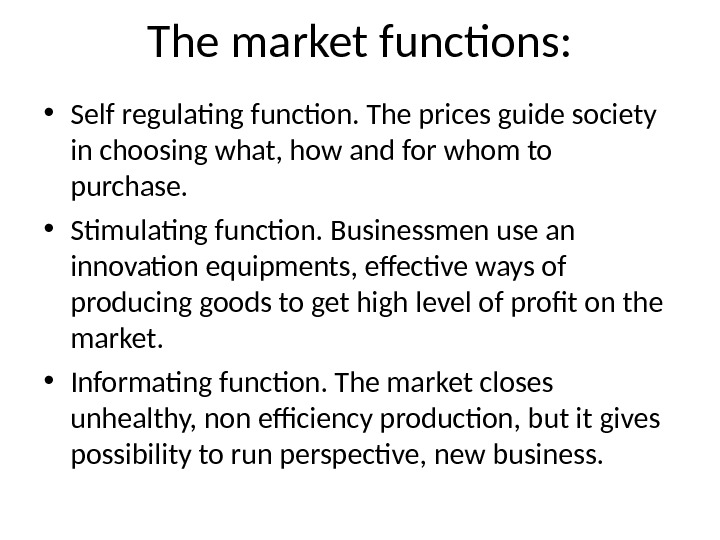
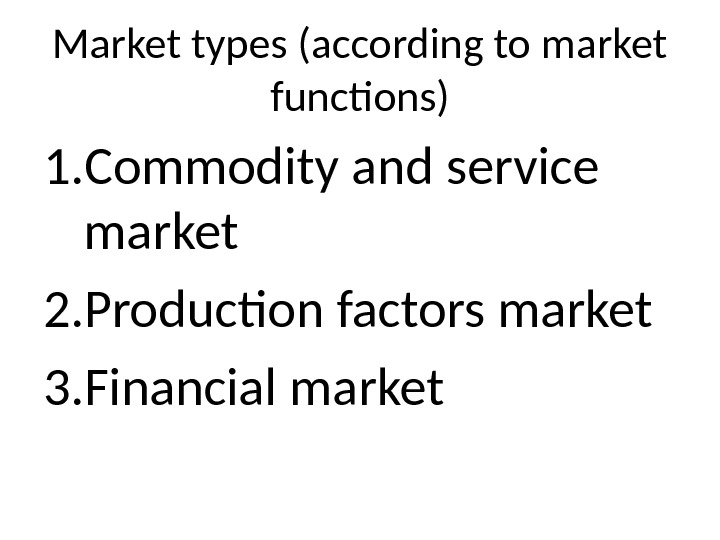

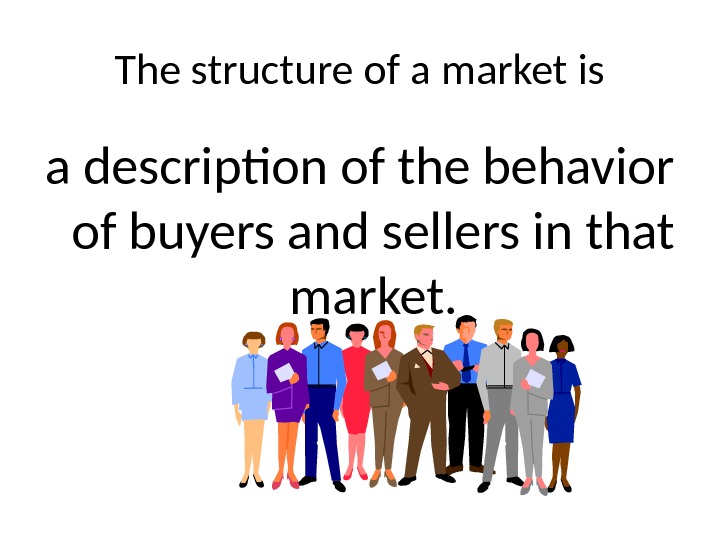
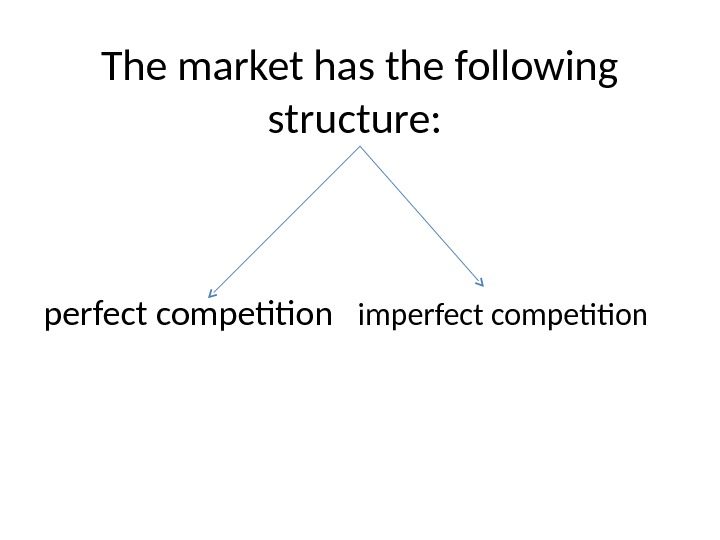

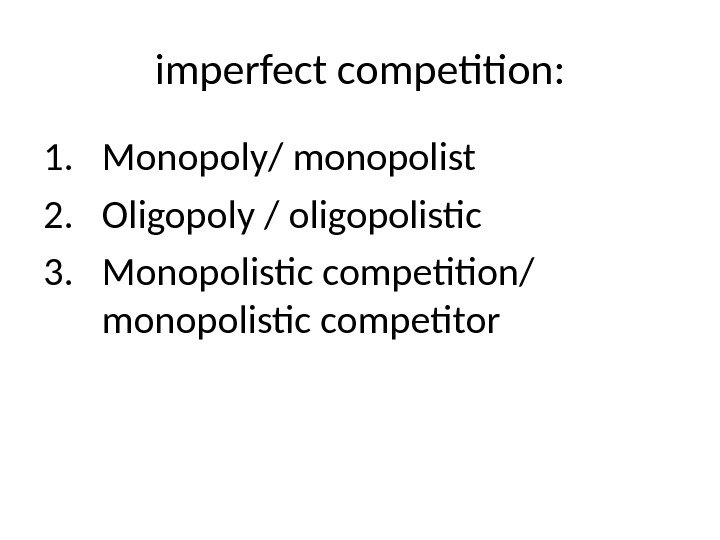
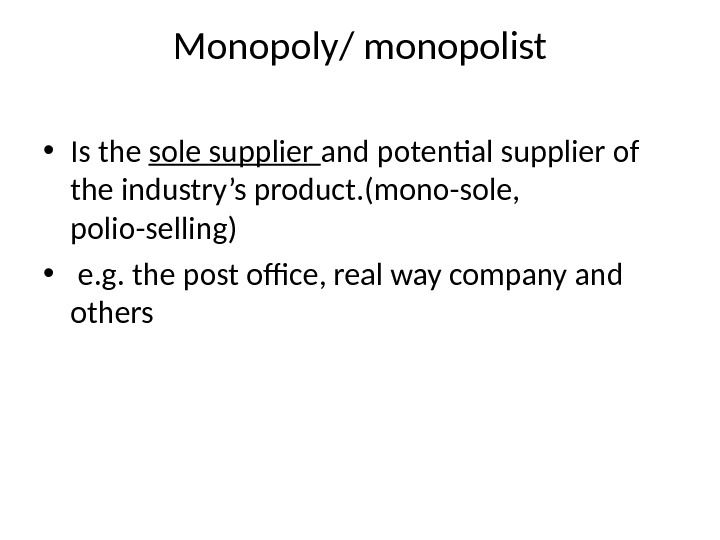
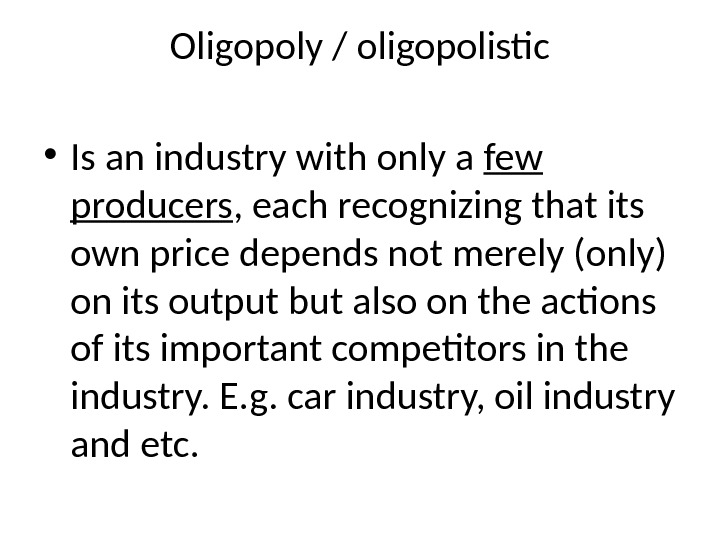

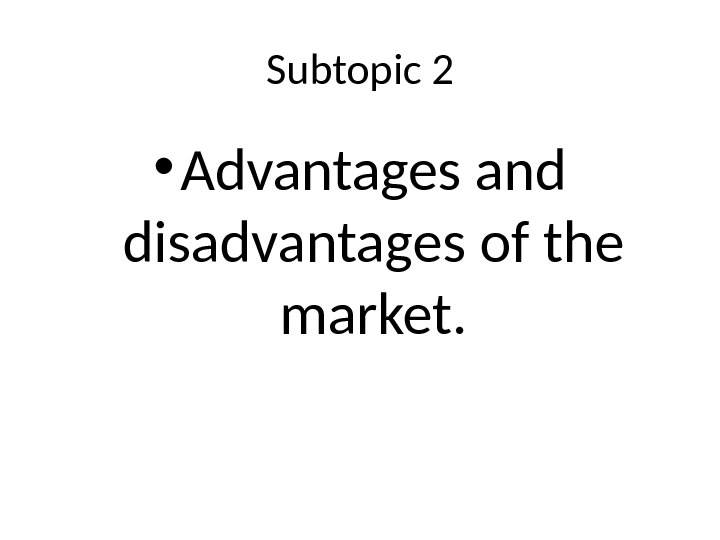

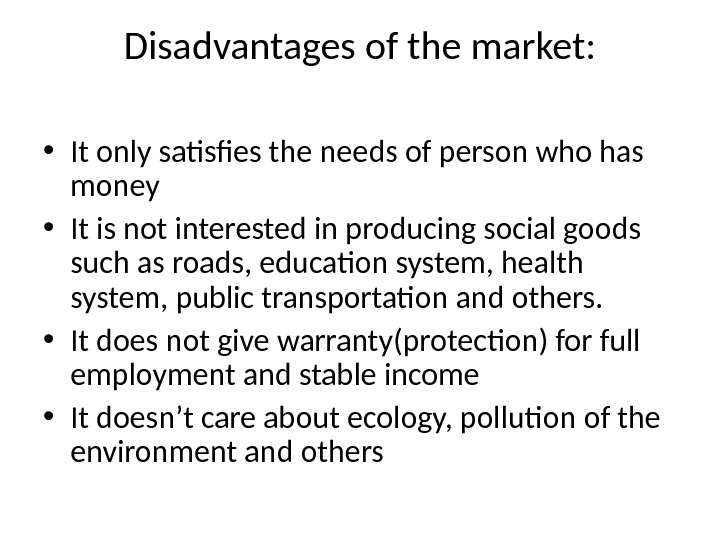
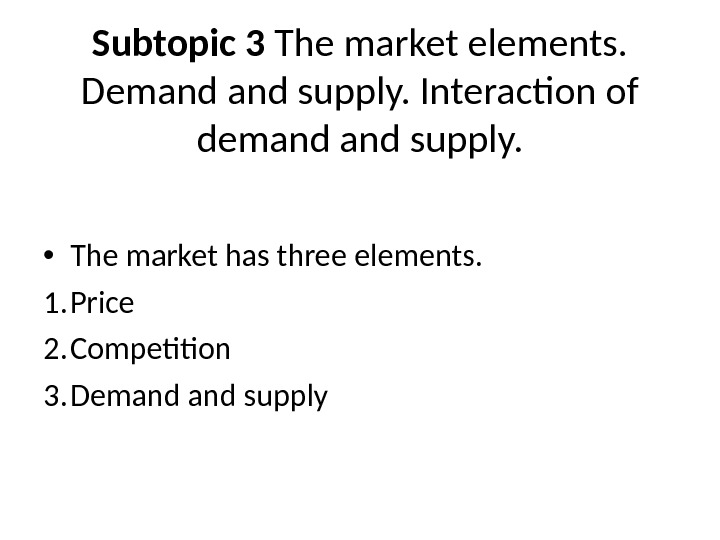
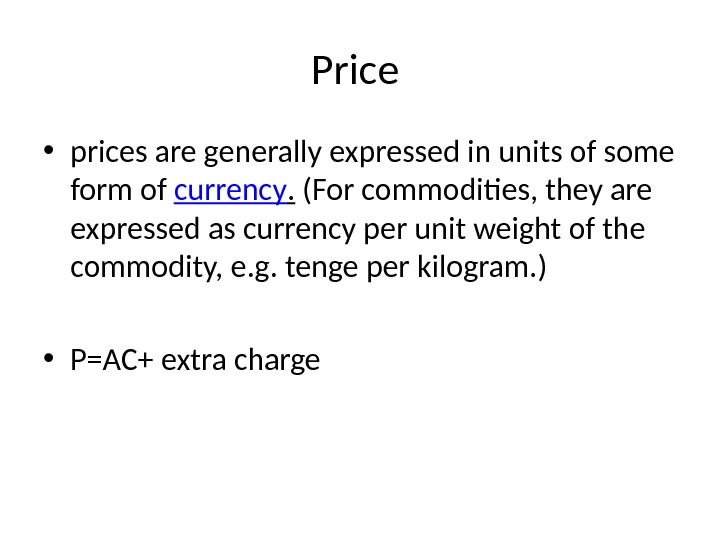
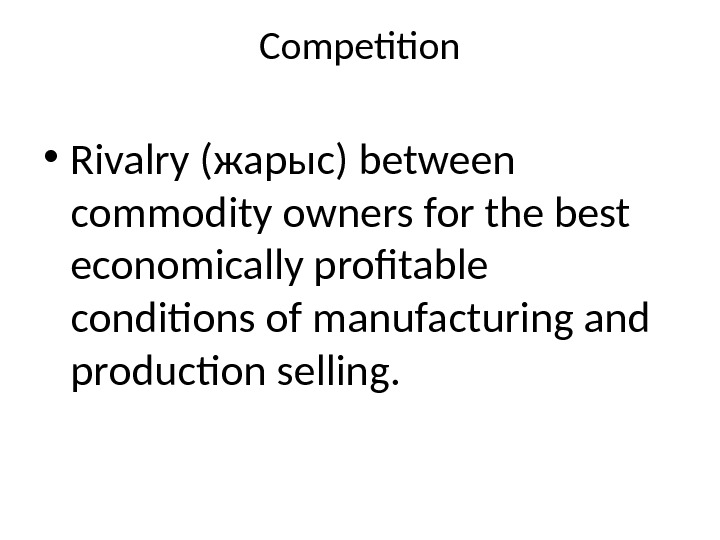


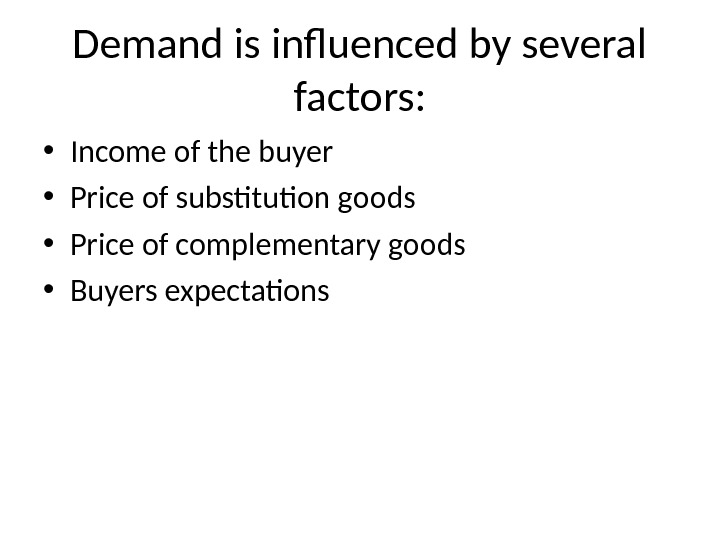


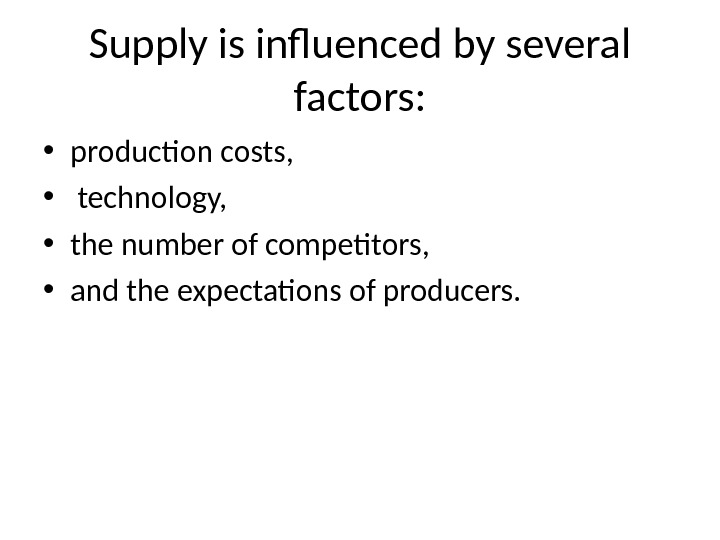
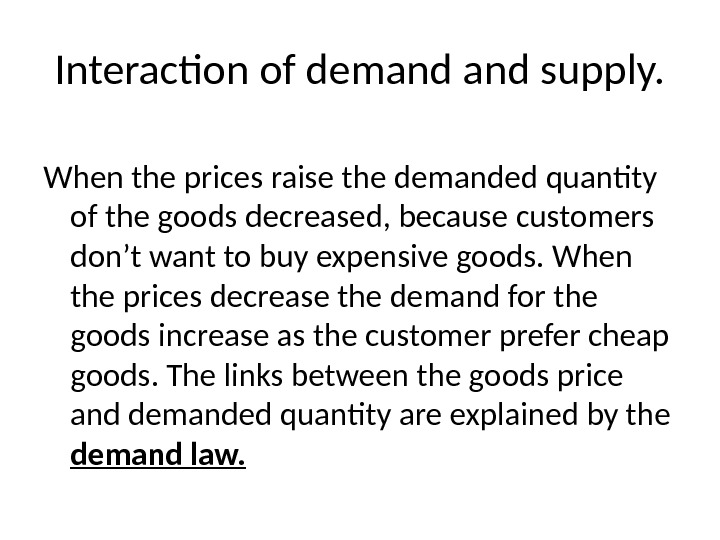
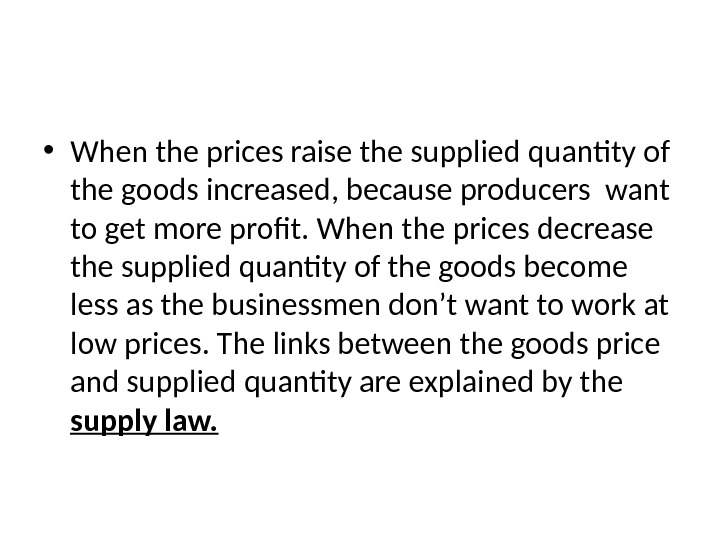

- Размер: 1.2 Mегабайта
- Количество слайдов: 31
Описание презентации Lecture 5 Market: types, structure, elements. по слайдам
 Lecture 5 Market: types, structure, elements.
Lecture 5 Market: types, structure, elements.
 Lecture outline • Subtopic 1 Essence, functions, types, structure of the market. • Subtopic 2 The market as a system of relations. Advantages and disadvantages of the market. • Subtopic 3 The market elements. Demand supply. Interaction of demand supply.
Lecture outline • Subtopic 1 Essence, functions, types, structure of the market. • Subtopic 2 The market as a system of relations. Advantages and disadvantages of the market. • Subtopic 3 The market elements. Demand supply. Interaction of demand supply.
 Aims of the lecture: • To understand the meaning of market economy • To explain the market functions • To differentiate the types of market • To analyze advantages and disadvantages of market economy • To list the elements of market economy and to understand each of them.
Aims of the lecture: • To understand the meaning of market economy • To explain the market functions • To differentiate the types of market • To analyze advantages and disadvantages of market economy • To list the elements of market economy and to understand each of them.
 1. Essence, functions, types, structure of the market. A market is a set of arrangements by which buyers and sellers are in contact to exchange goods and services.
1. Essence, functions, types, structure of the market. A market is a set of arrangements by which buyers and sellers are in contact to exchange goods and services.
 Market development level depends on market infrastructure • market infrastructure is a set of organizations and government agencies to ensure the normal functioning of the different markets
Market development level depends on market infrastructure • market infrastructure is a set of organizations and government agencies to ensure the normal functioning of the different markets
 Market infrastructure • System of establishments and organizations (banks, exchanges, fairs, insurance companies, consultation, informational and marketing firms and etc. ), providing free circulation of goods and services in the market.
Market infrastructure • System of establishments and organizations (banks, exchanges, fairs, insurance companies, consultation, informational and marketing firms and etc. ), providing free circulation of goods and services in the market.
 The market functions: • Self regulating function. The prices guide society in choosing what, how and for whom to purchase. • Stimulating function. Businessmen use an innovation equipments, effective ways of producing goods to get high level of profit on the market. • Informating function. The market closes unhealthy, non efficiency production, but it gives possibility to run perspective, new business.
The market functions: • Self regulating function. The prices guide society in choosing what, how and for whom to purchase. • Stimulating function. Businessmen use an innovation equipments, effective ways of producing goods to get high level of profit on the market. • Informating function. The market closes unhealthy, non efficiency production, but it gives possibility to run perspective, new business.
 Market types (according to market functions) 1. Commodity and service market 2. Production factors market 3. Financial market
Market types (according to market functions) 1. Commodity and service market 2. Production factors market 3. Financial market
 Market types (according to market location) • Local / domestic/national market • External/ foreign/international market
Market types (according to market location) • Local / domestic/national market • External/ foreign/international market
 The structure of a market is a description of the behavior of buyers and sellers in that market.
The structure of a market is a description of the behavior of buyers and sellers in that market.
 The market has the following structure: perfect competition imperfect competition
The market has the following structure: perfect competition imperfect competition
 Perfect competition • Buyers and sellers have no effect on the market price. • The market price of a product is stable (constant) • Sellers produce standard type of the product. • There a lot of sellers of a product • For example: potatoes market, wheat market
Perfect competition • Buyers and sellers have no effect on the market price. • The market price of a product is stable (constant) • Sellers produce standard type of the product. • There a lot of sellers of a product • For example: potatoes market, wheat market
 imperfect competition: 1. Monopoly/ monopolist 2. Oligopoly / oligopolistic 3. Monopolistic competition/ monopolistic competitor
imperfect competition: 1. Monopoly/ monopolist 2. Oligopoly / oligopolistic 3. Monopolistic competition/ monopolistic competitor
 Monopoly/ monopolist • Is the sole supplier and potential supplier of the industry’s product. (mono-sole, polio-selling) • e. g. the post office, real way company and others
Monopoly/ monopolist • Is the sole supplier and potential supplier of the industry’s product. (mono-sole, polio-selling) • e. g. the post office, real way company and others
 Oligopoly / oligopolistic • Is an industry with only a few producers , each recognizing that its own price depends not merely (only) on its output but also on the actions of its important competitors in the industry. E. g. car industry, oil industry and etc.
Oligopoly / oligopolistic • Is an industry with only a few producers , each recognizing that its own price depends not merely (only) on its output but also on the actions of its important competitors in the industry. E. g. car industry, oil industry and etc.
 Monopolistic competition/ monopolistic competitor • Is an industry with individually small producers, each of them supply different own product. Each has limited monopoly power in its special brand. E. g. shops, restaurants, sport clubs and etc.
Monopolistic competition/ monopolistic competitor • Is an industry with individually small producers, each of them supply different own product. Each has limited monopoly power in its special brand. E. g. shops, restaurants, sport clubs and etc.
 Subtopic 2 • Advantages and disadvantages of the market.
Subtopic 2 • Advantages and disadvantages of the market.
 The market advantages: • It has an ability to satisfy enough level of demand with high level of goods • The sellers and buyers are an independent • It has ability to adopt quickly to any changes on the economy
The market advantages: • It has an ability to satisfy enough level of demand with high level of goods • The sellers and buyers are an independent • It has ability to adopt quickly to any changes on the economy
 Disadvantages of the market: • It only satisfies the needs of person who has money • It is not interested in producing social goods such as roads, education system, health system, public transportation and others. • It does not give warranty(protection) for full employment and stable income • It doesn’t care about ecology, pollution of the environment and others
Disadvantages of the market: • It only satisfies the needs of person who has money • It is not interested in producing social goods such as roads, education system, health system, public transportation and others. • It does not give warranty(protection) for full employment and stable income • It doesn’t care about ecology, pollution of the environment and others
 Subtopic 3 The market elements. Demand supply. Interaction of demand supply. • The market has three elements. 1. Price 2. Competition 3. Demand supply
Subtopic 3 The market elements. Demand supply. Interaction of demand supply. • The market has three elements. 1. Price 2. Competition 3. Demand supply
 Price • prices are generally expressed in units of some form of currency. (For commodities, they are expressed as currency per unit weight of the commodity, e. g. tenge per kilogram. ) • P=AC+ extra charge
Price • prices are generally expressed in units of some form of currency. (For commodities, they are expressed as currency per unit weight of the commodity, e. g. tenge per kilogram. ) • P=AC+ extra charge
 Competition • Rivalry ( жарыс ) between commodity owners for the best economically profitable conditions of manufacturing and production selling.
Competition • Rivalry ( жарыс ) between commodity owners for the best economically profitable conditions of manufacturing and production selling.
 • Demand is the quantity of a commodity buyers wish to purchase at each conceivable (possible) price.
• Demand is the quantity of a commodity buyers wish to purchase at each conceivable (possible) price.

 Demand is influenced by several factors: • Income of the buyer • Price of substitution goods • Price of complementary goods • Buyers expectations
Demand is influenced by several factors: • Income of the buyer • Price of substitution goods • Price of complementary goods • Buyers expectations
 • Supply is the quantity of a good sellers wish to sell at each conceivable (possible) price. •
• Supply is the quantity of a good sellers wish to sell at each conceivable (possible) price. •

 Supply is influenced by several factors: • production costs, • technology, • the number of competitors, • and the expectations of producers.
Supply is influenced by several factors: • production costs, • technology, • the number of competitors, • and the expectations of producers.
 Interaction of demand supply. When the prices raise the demanded quantity of the goods decreased, because customers don’t want to buy expensive goods. When the prices decrease the demand for the goods increase as the customer prefer cheap goods. The links between the goods price and demanded quantity are explained by the demand law.
Interaction of demand supply. When the prices raise the demanded quantity of the goods decreased, because customers don’t want to buy expensive goods. When the prices decrease the demand for the goods increase as the customer prefer cheap goods. The links between the goods price and demanded quantity are explained by the demand law.
 • When the prices raise the supplied quantity of the goods increased, because producers want to get more profit. When the prices decrease the supplied quantity of the goods become less as the businessmen don’t want to work at low prices. The links between the goods price and supplied quantity are explained by the supply law.
• When the prices raise the supplied quantity of the goods increased, because producers want to get more profit. When the prices decrease the supplied quantity of the goods become less as the businessmen don’t want to work at low prices. The links between the goods price and supplied quantity are explained by the supply law.


